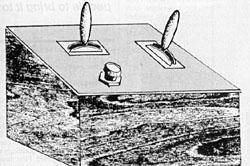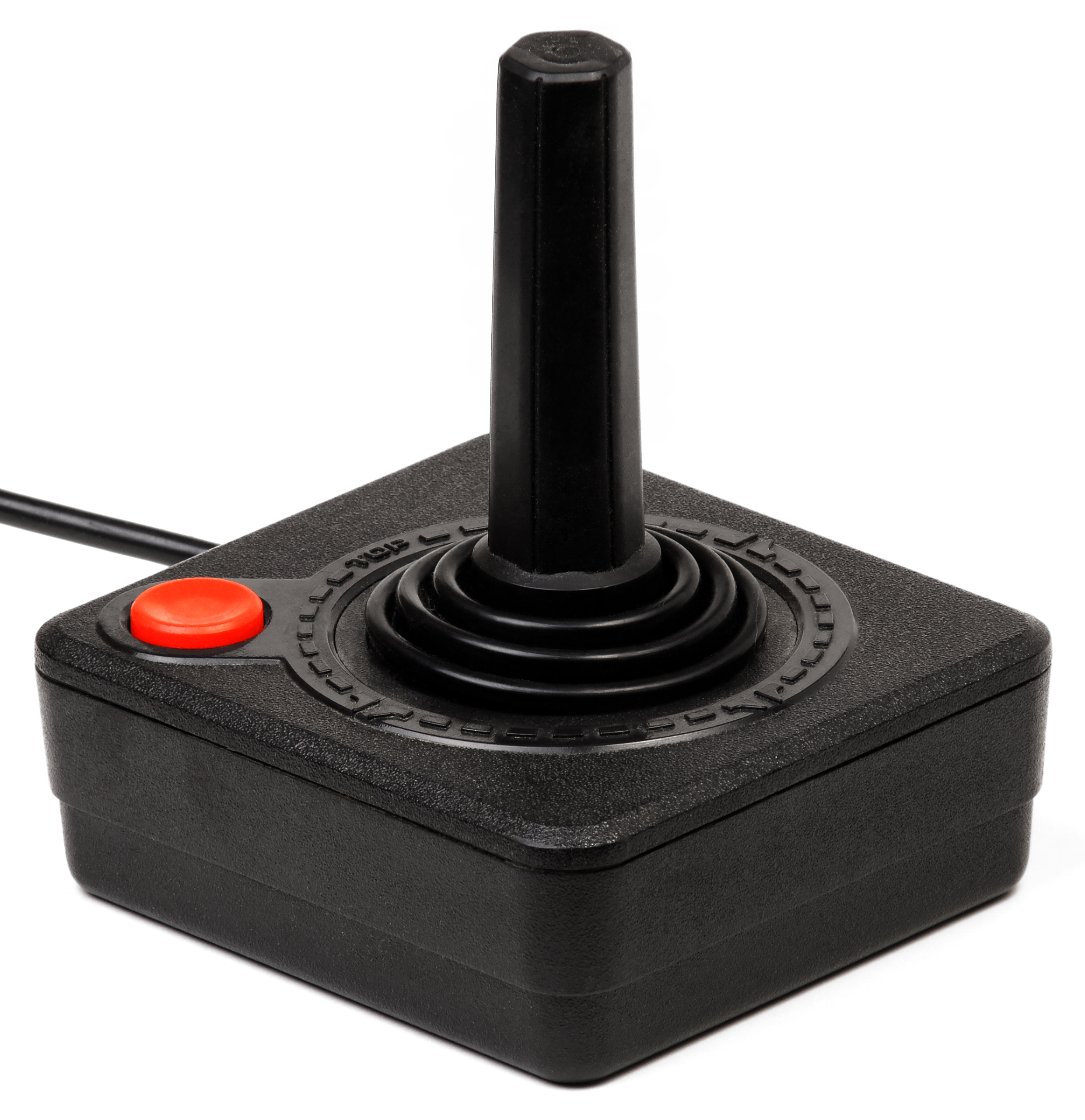Whenever people discuss the
history within the gaming world, or simply just look back at gaming, the
conversation usually veers towards the games or the consoles, not so much
towards the controllers that the gamers use. But these days, that doesn’t seem
to be the case anymore. With the recent release of next-gen consoles and their
respective controllers, I’d like to take a look back at the humble beginnings
of all the advanced video game controllers that we’re all used to now.
For the intents and purposes of this article, I’d like to just focus on the groundbreaking console controllers that made the most impact on the generations of controllers that came after them. Also, I will be using an infographic made by design website Pop Chart Lab (which coincidentally is also the inspiration for this piece) as an overall guide for the progression of video game controllers through the decades.
For the intents and purposes of this article, I’d like to just focus on the groundbreaking console controllers that made the most impact on the generations of controllers that came after them. Also, I will be using an infographic made by design website Pop Chart Lab (which coincidentally is also the inspiration for this piece) as an overall guide for the progression of video game controllers through the decades.
 |
| The Evolution of Video Game Controllers Featuring 191 species and 12 genera over seven decades of gaming (via PopchartLab.com) |
(via Wikimedia Commons)
Well, the very first video game controller was technically a button-and-knob device for the game "Tennis for Two" (gameplay video) developed by William A. Higinbotham at the Brookhaven National Laboratory in 1958.
Control devices for "Tennis for Two" (via Google Images)
Higinbotham's rudimentary tennis video game, that was played on an oscilloscope (as seen in the video link above), eventually led to the now iconic "Pong". However, Pong did not really take off in popularity until the version by Al Alcorn and Atari since it was Atari who popularized home video games.1
Atari's Home Pong console released in 1975 (via Wikimedia Commons)
These controllers had knobs to control the very simple movements in the game. In Pong's case, the up-and-down motions of the paddles on either side of the screen. An intersting feature of the Atari paddle controller was that it was designed to be used by two people, one on the right and one on the left. But what about relatively more complex directional controls?
In the early 1960s, a game called Spacewar was developed, the controls of which included clockwise and counterclockwise rotation, a thruster switch, and a torpedo switch. It was originally played on a large computer with all the buttons/switches on one board which wasn't an ergonomic design for how the game was played. So they came up with a control box which was more functional and easier to use.
 |
| A sketch of the original control box of Spacewar (via Google Images) |
As Spacewar became more and more famous, numerous variations of the control box sprang up. Variations included buttons for all 5 functions (right rotation, left rotation, accelerate, hyperspace, and fire). These control boxes were the first generation of button-based controllers that proliferated into early arcades of the time, which offered multiple buttons that controlled the elements on the screen.2
With switch-based buttons on the rise, joysticks were soon to follow. Fast forward to the Atari 2600 joystick controller. The joystick now allowed for up, down, left, and right directional controls. It gave players better and easier controls sure. But as the games developed and got more complex through time, the joystick wasn't looking like the best controller design anymore. A necessary step back in the controller technology was needed. And so, the directional pad, or more commonly known as the "D-pad" was born.
 |
| Game & Watch - the Nintendo video game that led to the development of the directional pad. (via Wikimedia Commons) |
The D-pad first came into prominence from the Famicom controller (1983). The Family Computer, or Famicom for short, was released initially in Japan by Nintendo and was later released in the United States as the Nintendo Entertainment System or NES.
 |
| Famicom controllers featuring the D-pad (via Wikimedia Commons) |
The design trend of the NES controller stayed on for years and was sort of the basic template for the console controllers that came after it. That was until Sony came out with the PlayStation (1994) and its 14-button PlayStation controller and its subsequent versions with the DualShock controller which became the new "template" for console controllers that followed it.
The Original and DualShock PlayStation controllers
(via Wikimedia Commons)
Most of the modern day controllers descend from this model and feature two joysticks, the directional pad, and several other buttons.3
The design template of the DualShock has stayed on even after Sony and Microsoft released their next-gen consoles and their respective controllers.
 |
| DualShock 4 controller (via Wikimedia Commons) |
 |
| XBox One controller (via Google Images) |
These next-gen video game controllers now have features that are relatively mind-blowing if you compare them to their humble origins of knobs and switches. The PS4 controller has a built-in speaker, an output connector for a headset, a touchpad, a gyroscope, and even a SHARE button which allows players to easily upload their gameplay videos. Video game controllers have clearly come a long way. With technology always advancing at a rapid pace, who knows what our controllers will be able to do in 10 or 20 years from now?
References:
1) Lu, William. 2003. Evolution of Video Game Controllers: How Simple Switches Lead to the Development of the Joystick and the Directional Pad. Pages 101, 72, and 183. http://www.stanford.edu/group/htgg/sts145papers/wlu_2003_1.pdf
2) Pop Chart Lab. 2013. The Evolution of Video Game Controllers. http://popchartlab.com/products/the-evolution-of-video-game-controllers
3) dancraggs. 2007. Tennis For Two - The second ever computer game.
http://www.youtube.com/watch?v=s2E9iSQfGdg






Walang komento:
Mag-post ng isang Komento